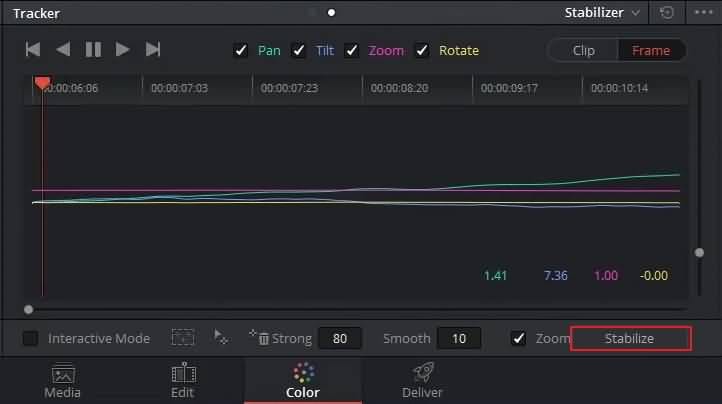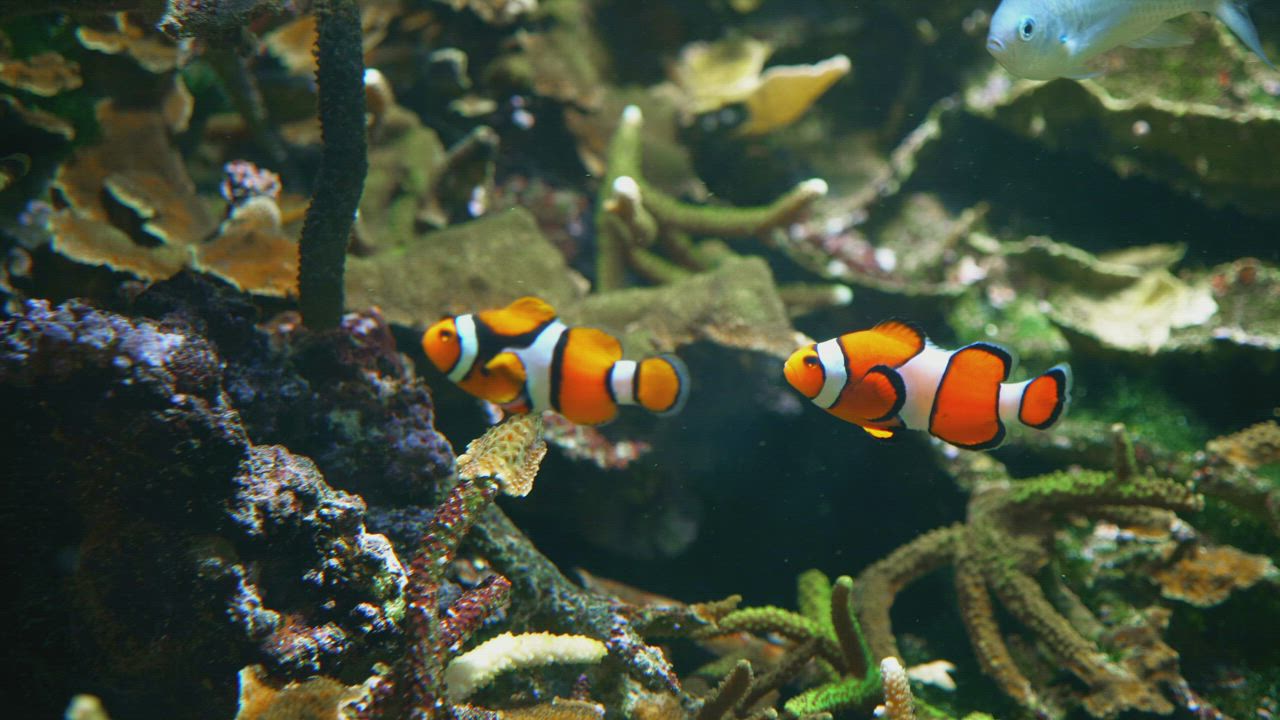

So it basically recognizes all the shaky clips from different camera devices. Less noted but equally significant, VideoProc Converter supports a wide range of file formats, including MOV, MP4, MKV, H.264, H.265, VP9, VP8, and many more. It's well-known that DIS reduces jarring effects by changing the rotation and position of visible frames when the camera vibrates, which is prohibitive to some. Most importantly, although all kinds of digital stabilization tech entails cropping because that's how it works, VideoProc Converter manages to stabilize video perfectly without perceivable cropping. Its hardware acceleration squeezes out power from the graphics card, which allows more efficient encoding for high-definition clips (4K, 8K, etc.) and computationally-intensive formats put some advanced video converting software to shame (they may spend like 30-mins to an hour on stabilizing per clip). The conversion speed is what has impressed me the most about this video stabilization software. This video stabilization software will automatically analyze and makes your video file smoother.

What you need to do is to import your shaky footage to the program, and regulate parameters in Deshake controls.

Whether you need to stabilize GoPro videos, walking videos, drone footage, etc., VideoProc Converter has always got you covered. VideoProc Converter is the perfect balance between power and ease of use when it comes to video stabilization. Best Video Stabilization Software - VideoProc Converter Video stabilization software on computer #1.

The following is a breakdown of the 10 best video stabilizer software that helps you weigh up each option before pulling the trigger. That said, video stabilization software has been likely to be the best bet to majority for its accessibility and ease-of-use. However, gimbal stabilizer and slider require a steep learning curve DIS may crop your videos and cause distortion lens-shift/sensor-shift corrections are for high-end cameras. While you can rely on different techniques for video stabilization, including accessories like handheld/gyro gimbal stabilizers, camera sliders, etc., DIS techniques (digital image stabilization), lens-shift stabilization, sensor-shift stabilization, stabilization filters in video editing software and others. There are roughly three types of shake that may occur in your video shooting workflow: handheld camera shake, motion blur, and rolling shutter.


 0 kommentar(er)
0 kommentar(er)
